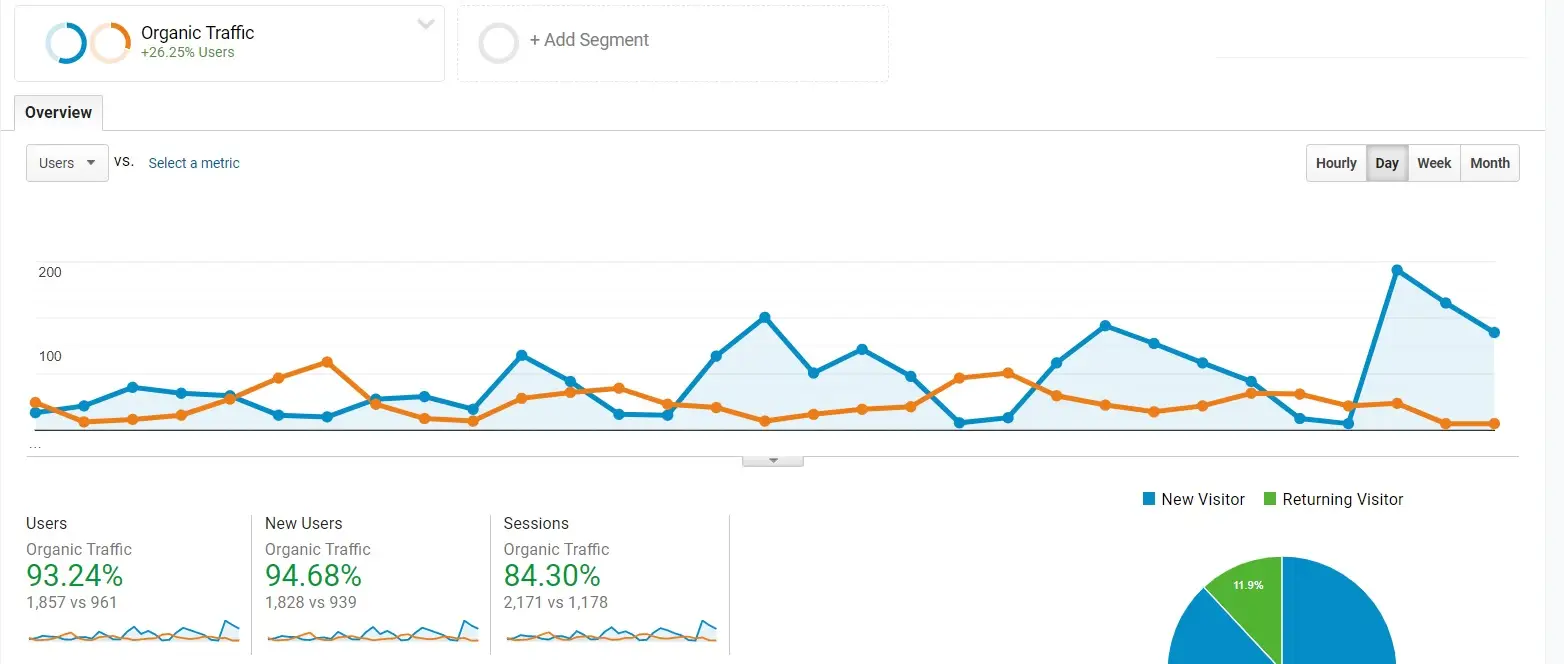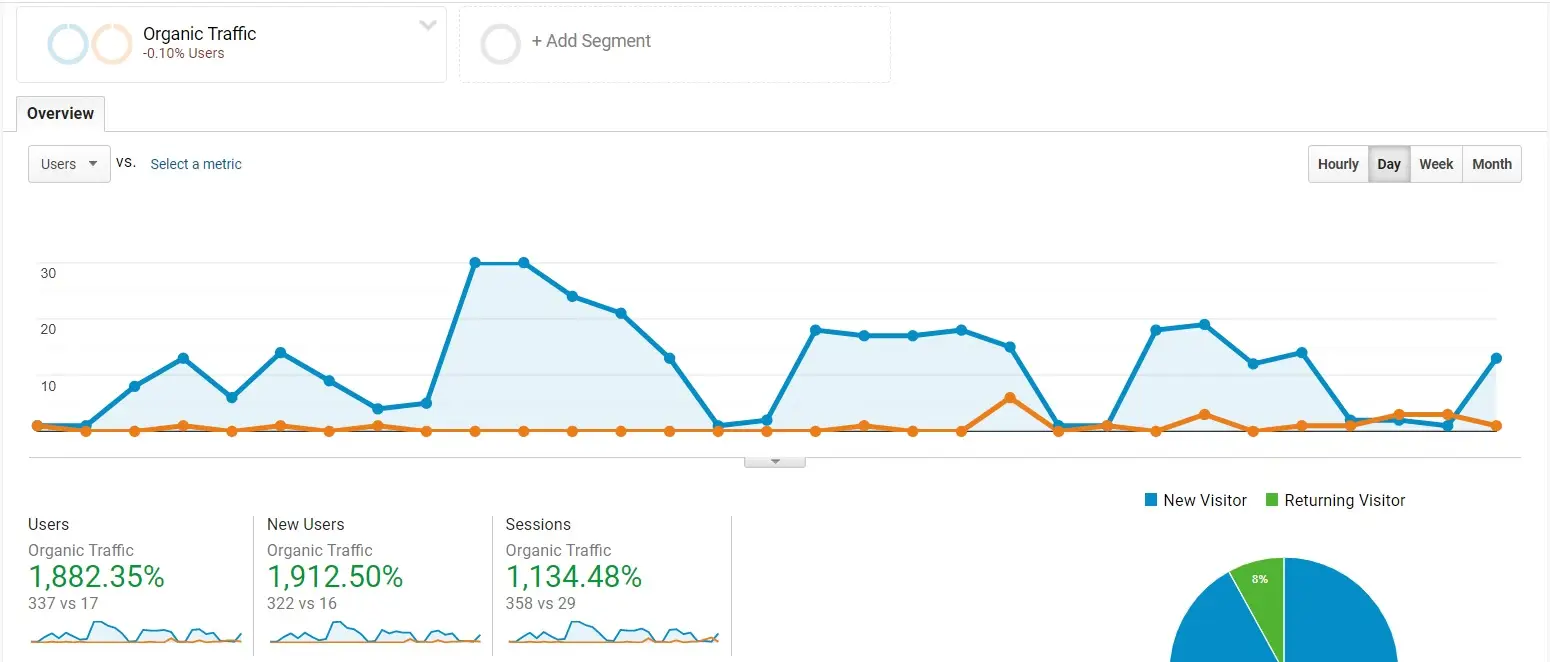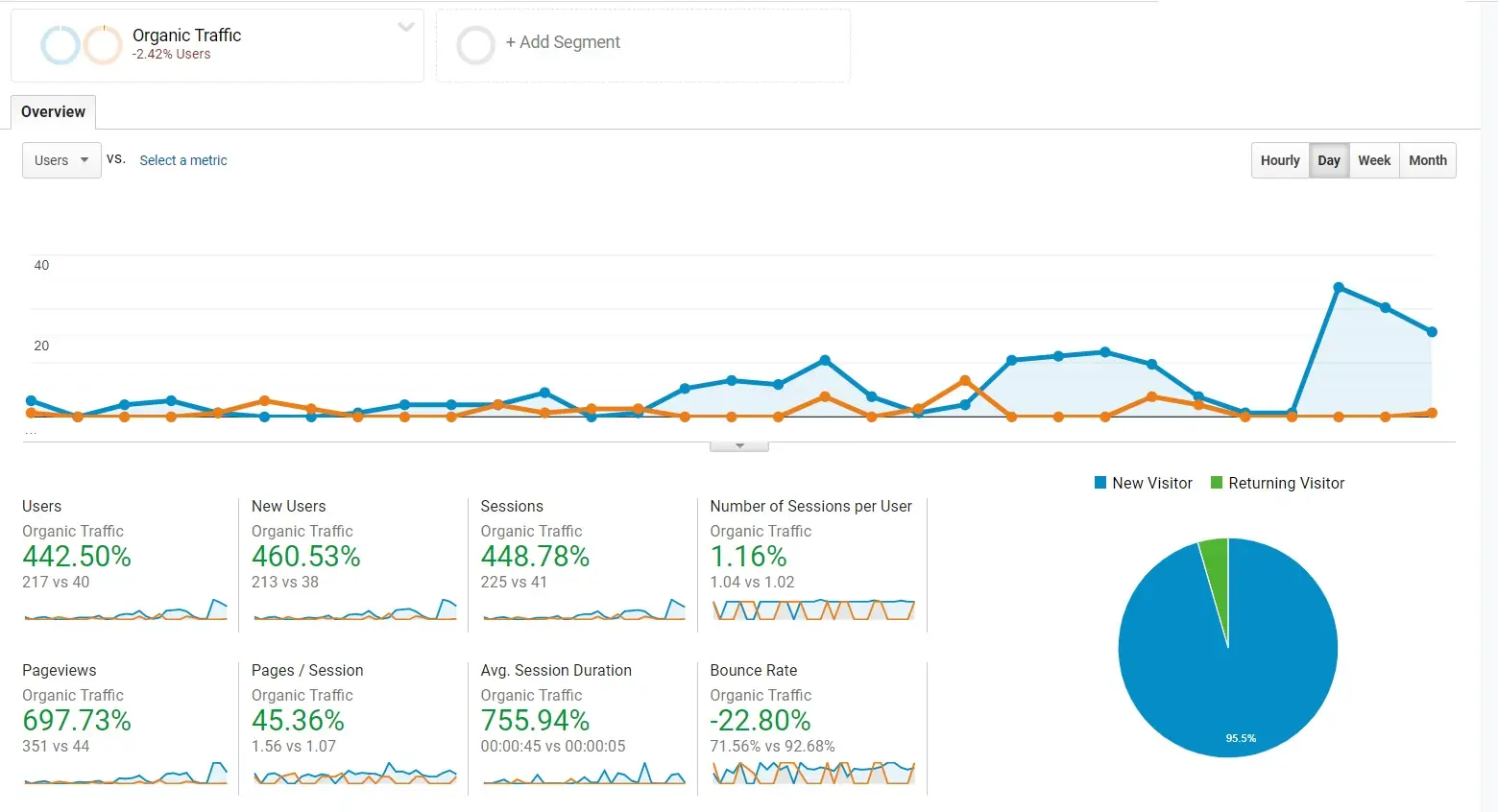Ultimate Guide to SEO for Multilingual Websites
In an increasingly globalized world, having a robust online presence that caters to diverse audiences is no longer optional for businesses aiming to succeed. With the internet bridging geographical gaps, effectively managing multilingual and multi-regional websites has become essential for enhancing visibility and engagement in Google Search results. This comprehensive guide delves into the intricacies of creating and optimizing such websites, offering actionable strategies and insights that not only boost your search engine rankings but also enhance user experience.
If you’re seeking expert support throughout this process, SEO Web Up specializes in providing tailored SEO services that can help you navigate the complexities of multilingual and multi-regional strategies effectively.

Understanding Multilingual vs. Multi-Regional Websites
What Is a Multilingual Website?
A multilingual website offers content in various languages to cater to a diverse audience. For example, a travel agency based in Spain may provide both Spanish and English versions of its website. This approach not only aligns with users’ language preferences but also enhances accessibility, allowing visitors to interact with your content in their native language.
What Is a Multi-Regional Website?
In contrast, a multi-regional website specifically targets users in distinct geographical locations. For instance, an e-commerce platform that sells electronics may create tailored experiences for customers in Australia and New Zealand, each reflecting local culture, currency, and preferences. Some websites combine both elements—offering language-specific content that is also regionally tailored, such as having separate German and English versions for users in Germany and Austria.
Why It Matters
Understanding the distinction between these two approaches is crucial for developing an effective online strategy. A successful website must not only speak the languages of its audience but also resonate culturally and contextually with each target market. This is where SEO Web Up can assist in crafting strategies that connect your brand with audiences worldwide.
Key Challenges of Multilingual Websites
Creating a multilingual website involves navigating a myriad of challenges that can impact user experience and SEO performance. Here are some of the most common issues:
-
URL Structure Issues: The way URLs are structured is vital for user navigation and search engine indexing. Poorly structured URLs can confuse users and lead to indexing errors, impacting your site’s visibility.
-
Content Translation and Optimization: Translating content is more than just converting text from one language to another; it involves preserving context and ensuring SEO integrity. Literal translations can distort messages, resulting in a poor user experience.
-
Duplicate Content Problems: Multiple URLs with identical content can trigger duplicate content penalties from search engines, hurting your rankings and overall visibility.
-
Automatic Redirects: Automatically redirecting users based on their browser settings can obscure language-specific versions of your site, hindering user access and search engine indexing.
Navigating these challenges effectively is where the expertise of SEO Web Up comes into play. Our team specializes in identifying and resolving these issues, ensuring your multilingual website is optimized for success.
Strategies for Managing Multilingual Site Versions
To enhance user experience and improve SEO for multilingual sites, consider the following strategies:
1. Use Distinct URLs
Each language or regional page should have a unique URL to facilitate effective indexing by Google. For instance, you might structure your site with URLs like www.mywebsite.com/it for Italian content or use country-specific domains such as example.co.uk for the UK market. This clarity aids both users and search engines in navigating your site.
2. Implement Hreflang Annotations
Hreflang tags are critical for informing search engines about the language and region of a page. By using these tags, you can prevent duplicate content penalties and ensure users are directed to the appropriate language version based on their preferences. Here’s an example:
<link rel="alternate" hreflang="en" href="https://www.example.com/" />
<link rel="alternate" hreflang="fr" href="https://www.example.com/fr" />
<link rel="alternate" hreflang="it" href="https://www.example.com/it" />
Proper implementation of hreflang tags can significantly enhance your site’s SEO performance. SEO Web Up can help you set up these annotations correctly, ensuring your content reaches the right audience.
3. Avoid Dynamic Content Adjustments
Relying on dynamic content changes based on user settings can hinder Google’s ability to crawl all variations of your site. Since Googlebot typically originates from the U.S. and does not set the Accept-Language header, static URLs for different languages are more reliable. This strategy not only improves crawlability but also enhances user experience.
4. Clarify Page Language
Google determines a page’s language based on visible content. To avoid confusion, ensure that the language is consistent throughout your content and navigation. This consistency helps both users and search engines understand your site better, improving overall engagement.
5. Manage Automated Translations
Automated translations can often be inaccurate, leading to poor user experiences and miscommunication. It’s advisable to use robots.txt to block search engines from indexing these automatically translated pages. Instead, invest in high-quality translations that resonate with your audience.
6. Allow User Language Selection
Rather than automatically redirecting users, provide clear options for them to choose their desired language. Avoid using national flags for language selection, which can be confusing; instead, use the names of the languages in their native forms.
7. Utilize Location-Specific Keywords
Conduct thorough keyword research tailored to each language and region. Language and terminology can vary significantly, even among countries that share the same language. Understanding these nuances allows you to optimize your content effectively.
Targeting Content to Specific Countries (Geotargeting)
Geotargeting is a powerful strategy that allows you to direct your website to users in specific countries, potentially improving page rankings within those locales. Here’s how to effectively geotarget your content:
1. Use Locale-Specific URLs
Implement unique URLs for different countries or regions. Some effective structures include:
- Country-Specific Domains: These provide clear geotargeting but may require substantial infrastructure.
- Subdomains with gTLDs: This method allows flexibility but may confuse users regarding whether “fr” indicates a language or country.
- Subdirectories with gTLDs: Easy to set up, but less clear for geotargeting.
- URL Parameters: Not recommended due to potential complexity and indexing issues.
2. Use hreflang or Sitemaps
Clearly indicate which pages correspond to specific languages or locations using hreflang tags or XML sitemaps. This helps search engines understand the variations of your content and serve the right pages to the right users.
3. Avoid IP-Based Content Adaptation
Relying on IP analysis to adjust content can be unreliable. Google’s crawlers do not vary their source location, so it’s essential to explicitly inform Google about any language or locale variations using the appropriate methods.
Best Practices for Multilingual SEO
To implement effective multilingual SEO, consider these actionable strategies:
-
Structured Multilingual Websites: Ensure each target language has a well-organized structure for improved navigation and indexing.
-
Localized Content: Create culturally relevant content for each language that resonates with local audiences, taking into account local customs and preferences.
-
Technical Requirements: Address website development needs to avoid penalties for multi-regional sites. This includes ensuring your site is mobile-friendly and has fast loading times.
-
Quality Translations: Invest in accurate translations that reflect local nuances, ensuring your message is effectively communicated.
-
Cross-Link Internal Pages: Link related content across different language versions to enhance navigation and improve SEO.
-
Build Local Backlinks: Focus on acquiring backlinks from reputable local sources to improve authority and relevance in specific regions.
If you’re looking for assistance in implementing these practices, SEO Web Up offers expert guidance tailored to your unique business needs.
Technical SEO Tips for Multilingual Websites
To address common challenges faced by multilingual websites, consider these technical SEO strategies:
1. Optimize Your URL Structure
Craft unique URLs for each language and country version to enhance accurate indexing by search engines. Choose between separate domains or subdirectories for organizing language versions effectively.
2. Ensure Accurate Translation and Optimization
Focus on localizing not just the text but also cultural references, currency formats, and measurement units. Optimizing your content also involves translating keywords and adapting to local search behaviors.
3. Build Backlinks
Backlinks are essential for establishing a successful multilingual website. Search engines consider backlinks as endorsements, enhancing your chances of ranking higher. Consider strategies like broken link building and digital PR to secure valuable links.
At SEO Web Up, we specialize in helping businesses build a strong backlink profile, ensuring your site gains the authority it needs to thrive in competitive markets.
Conclusion
By implementing these technical SEO strategies and best practices, you can effectively address the challenges associated with multilingual websites. This will lead to improved user experience, better search engine indexing, and increased engagement with diverse audiences.
Understanding local cultures and search behaviors enhances content relevance, ultimately delivering greater value to your target audience. Multilingual SEO not only broadens your market reach but also fosters deeper engagement, driving higher website traffic, conversion rates, and ultimately, revenue.
In conclusion, managing multi-regional and multilingual websites is an ongoing process that requires attention to detail and strategic planning. By investing in these practices, your business can thrive in a global market. For expert support throughout this journey, trust SEO Web Up to provide the comprehensive SEO services you need to succeed in an ever-evolving digital landscape.


